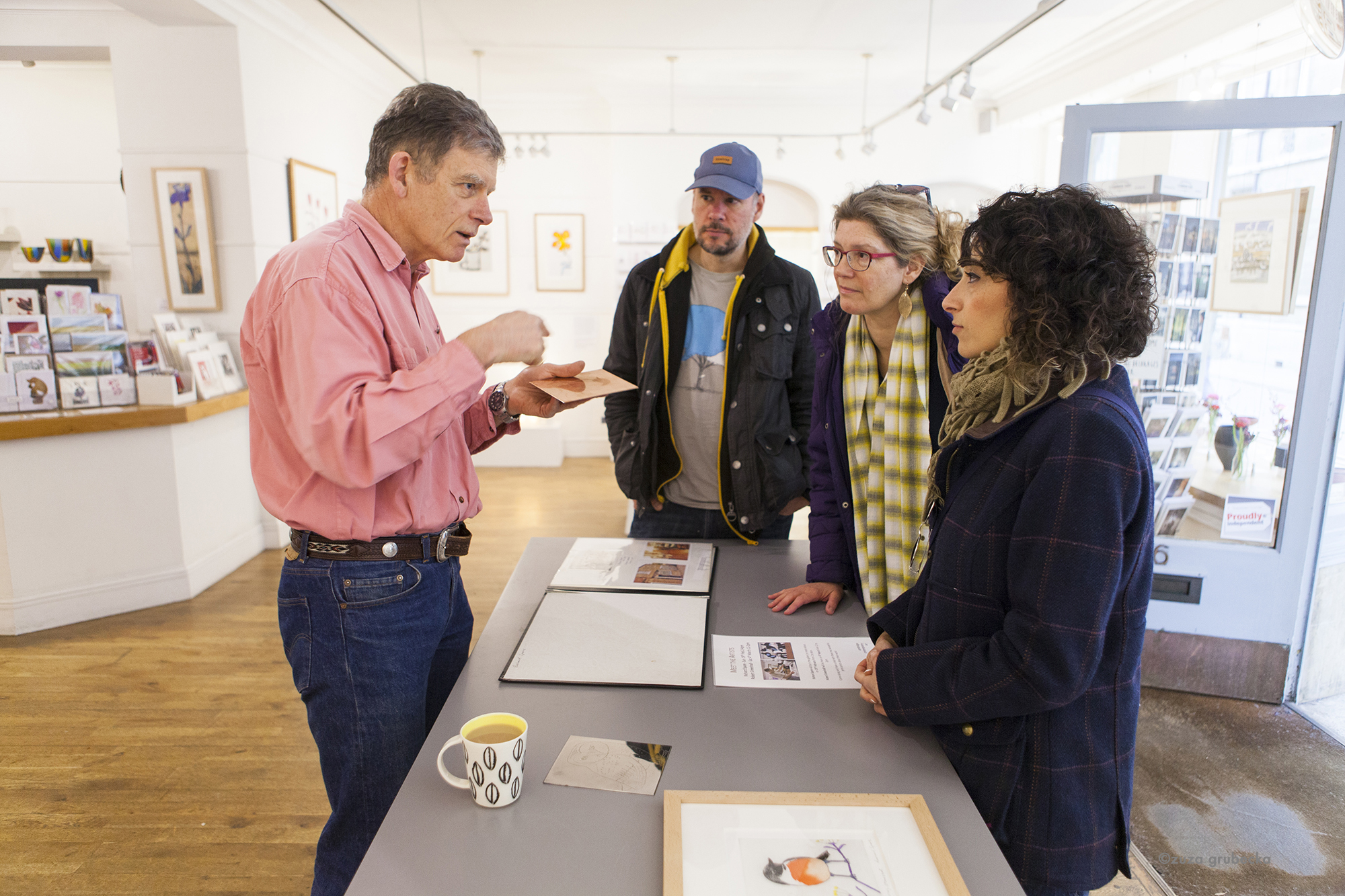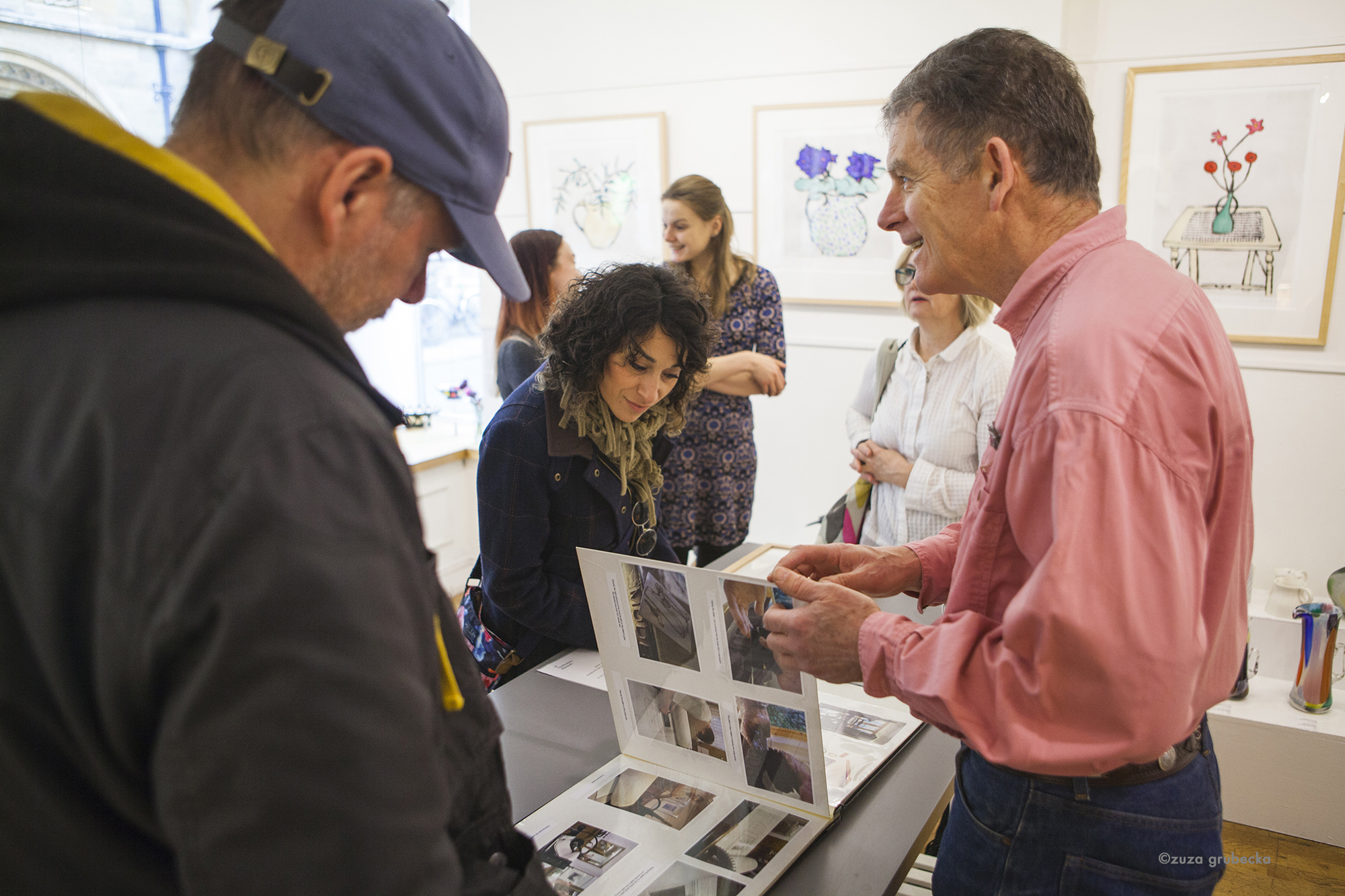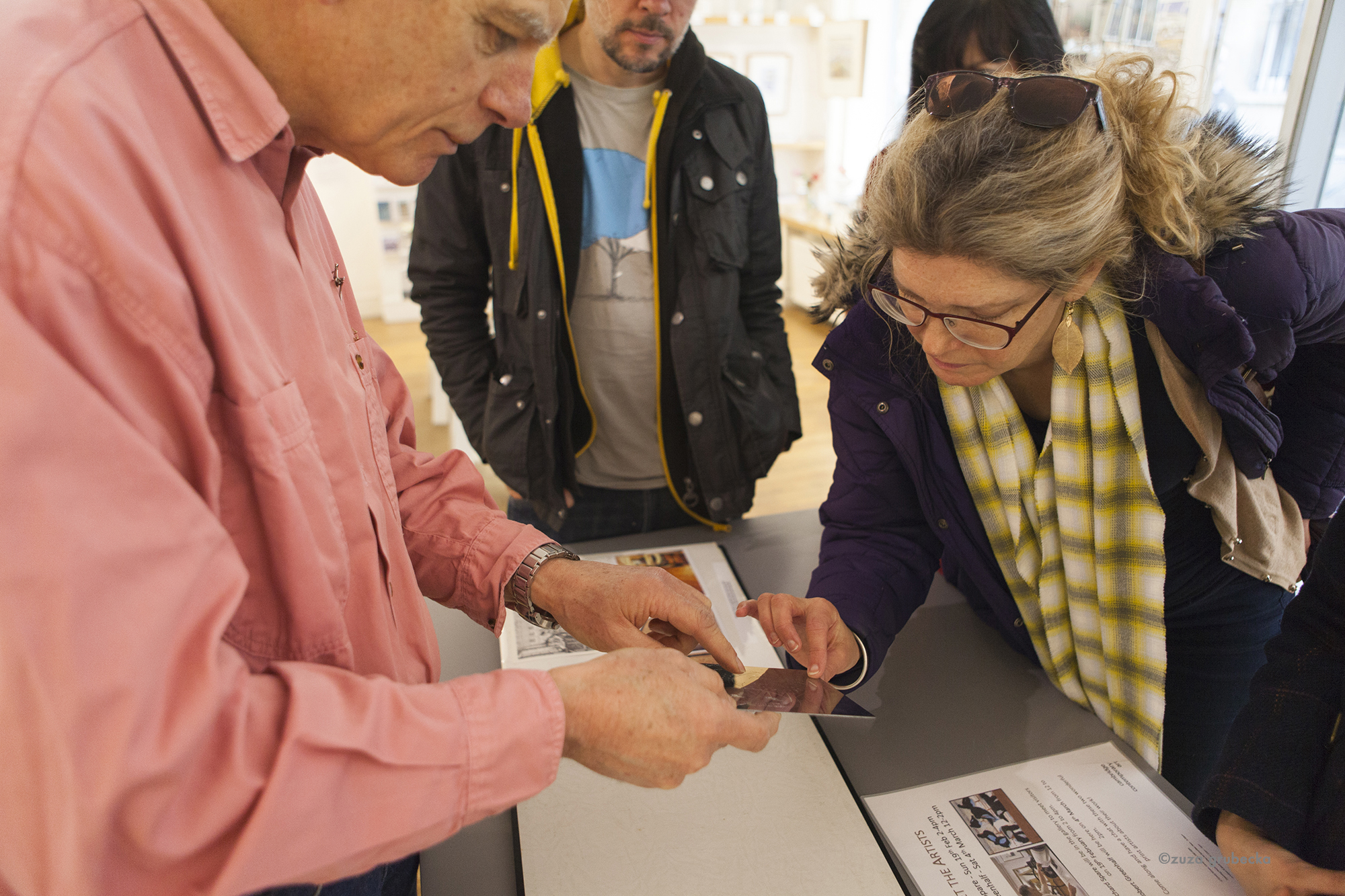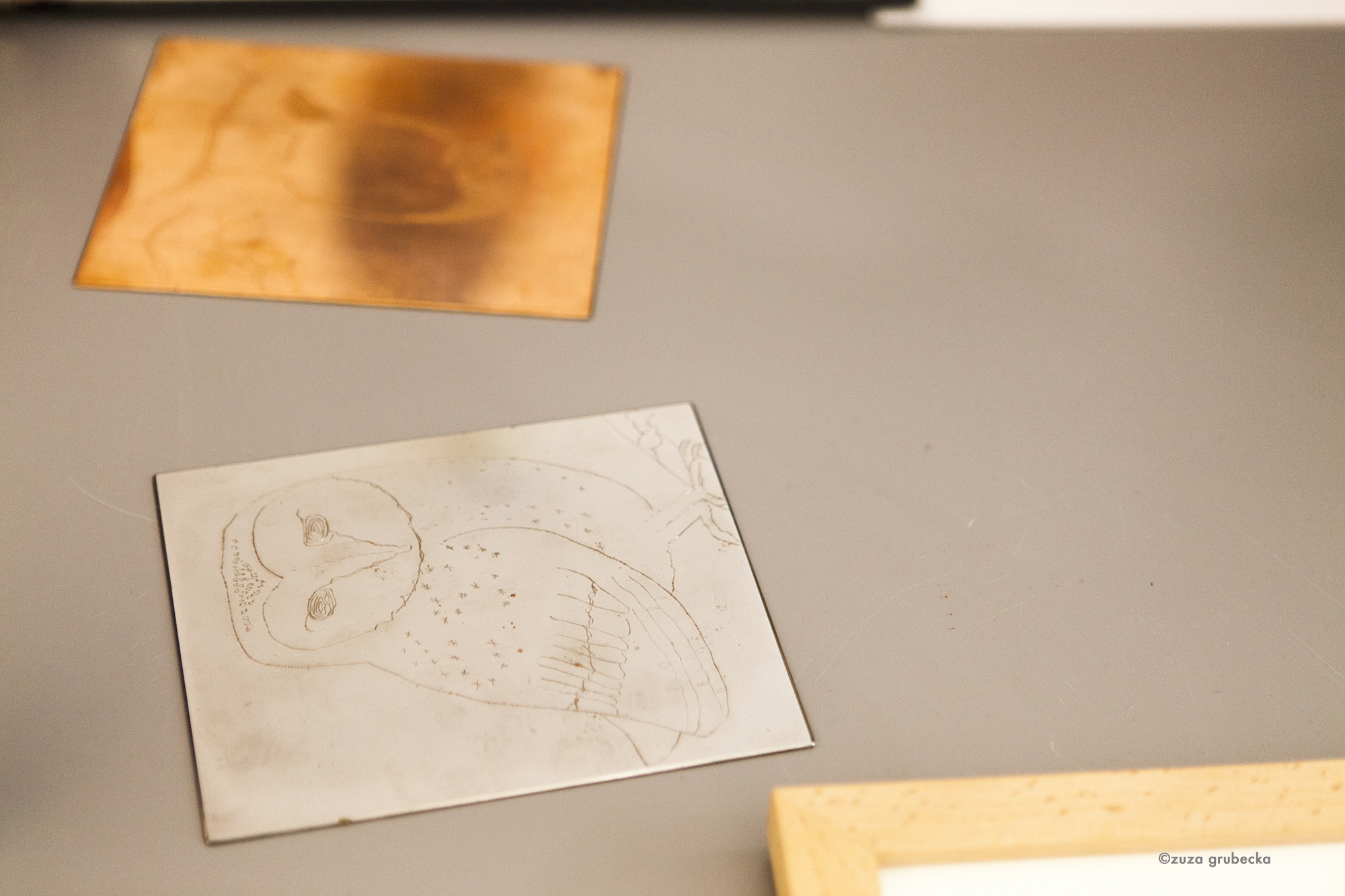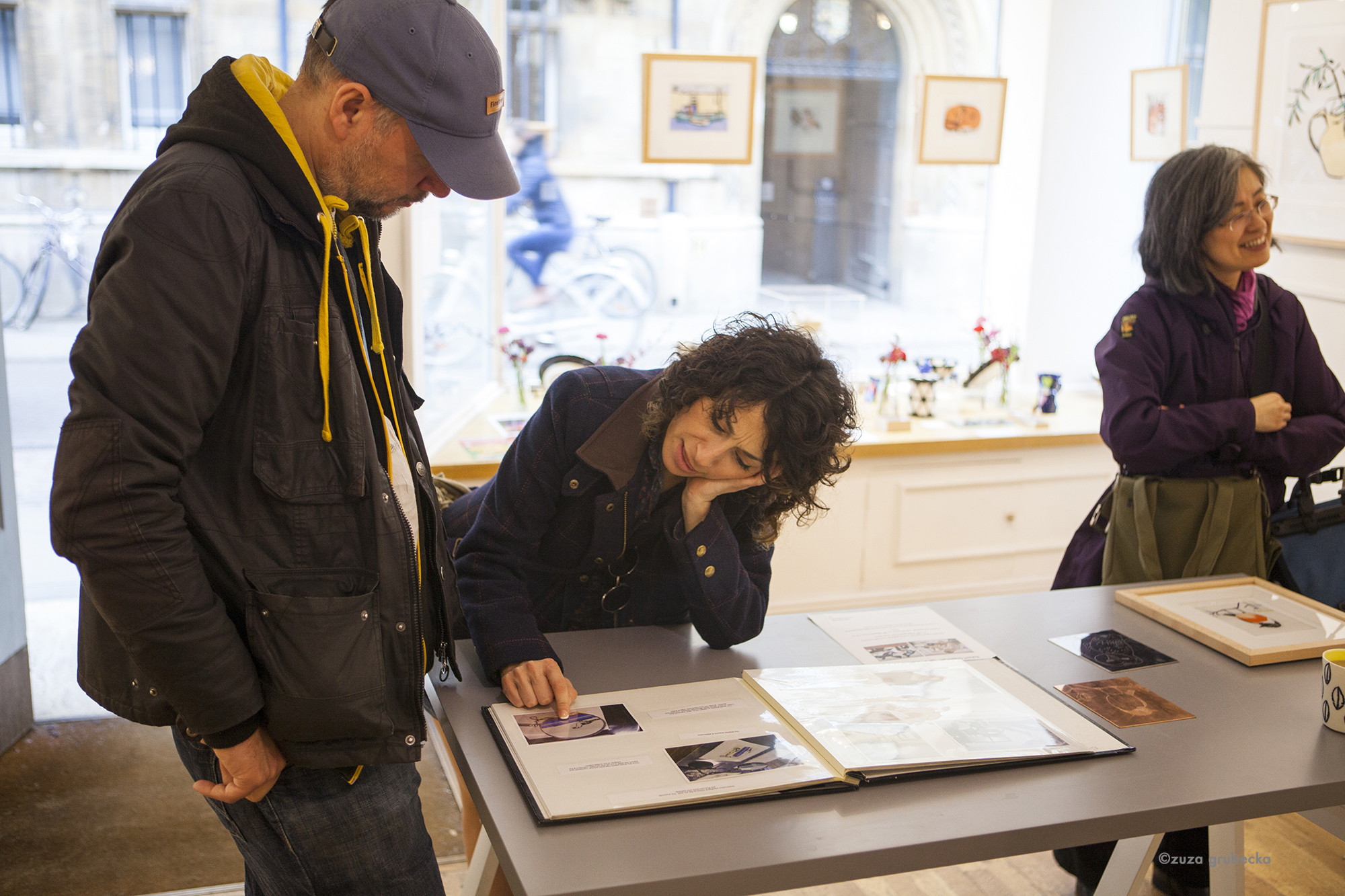How did your time in America and Japan influence you?
Whilst in New York I spent a great amount of time in the museums. It was during one such visit to MOMA that I was struck by Matisse’s sublime simplicity of line and shape. On return to London I went on to produce Blue Bird, which was, I suppose, the start of my current work.
Since then I have traveled extensively in Japan which I was fortunate enough to visit annually for eleven years for a series of solo shows. After a five year break, I am excited to be going back this November for 25 shows right across Japan. I adore the rich culture and artistic traditions, the beauty of the landscape, and the people, all of which has an influence on my work.
Which other artists do you admire?
Rembrandt, Goya, Van Gogh, Picasso, David Hockney, Hokusai, Utamaro, Hiroshige and many, many more.
What are your favourite museums and galleries?
MOMA, NY, Van Gogh Museum, Amsterdam, Royal Academy, London, Ukiyo-E Ota Memorial Museum of Art, Tokyo.
Can you describe a typical working day?
I am not a morning person! I usually work at home in the morning, going through the diary, signing prints or discussing ideas or licensing requests with Kay. I arrive at my studio, which is a few miles away, in the late morning and open up the shutters at the back so I can see the garden while I work. I may be printing, or steelfacing my plates (an electroplating process which strengthens the drawn plate, so the image is maintained throughout the punishing pressures on the copper as the edition is printed on the antique etching presses). If I am travelling then of course I am out drawing!
How do you see your work evolving in the future?
My work will always be informed by travel and nature and I seek inspiration in these. My interpretations have evolved gradually over the years and I’m sure will continue to do so. The printmaking process is constantly surprising and inspiring in itself, and I like to use found textures and marks in some of my works.
What are your general interests?
My work and leisure cannot really be separated, - but my family, travel, film, meeting up with old friends come top of the list.
Meet Richard Spare in the gallery on 19th February at 2pm. Richard will be at cambridge contemporary art (6 Trinity Street, Cambridge) to chat to visitors about his work.


